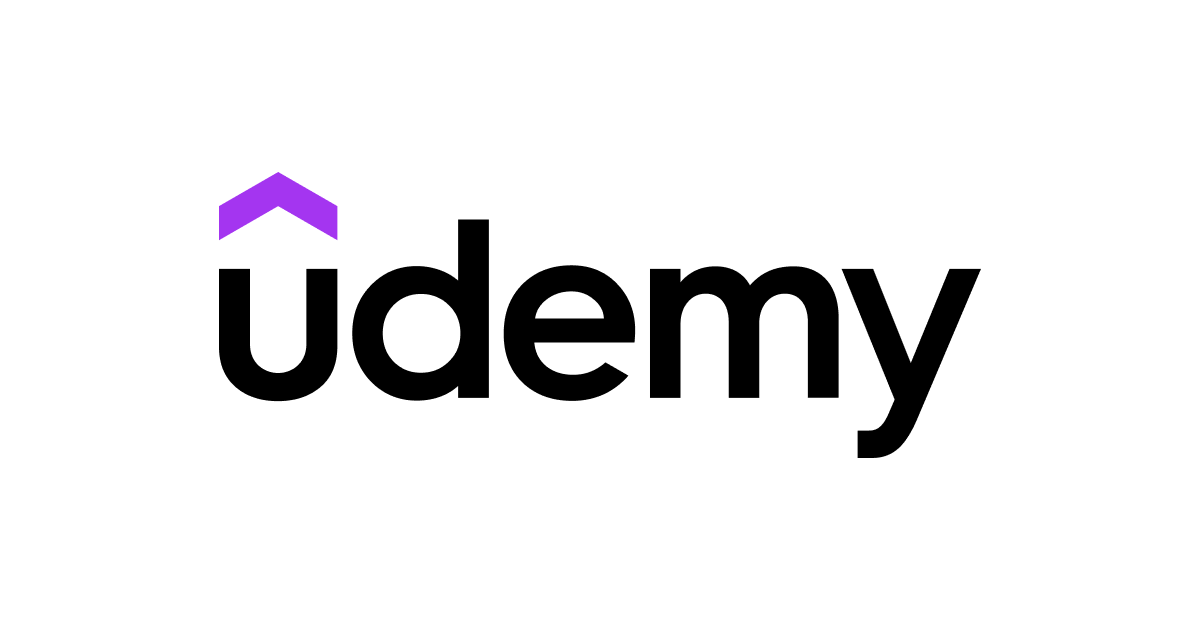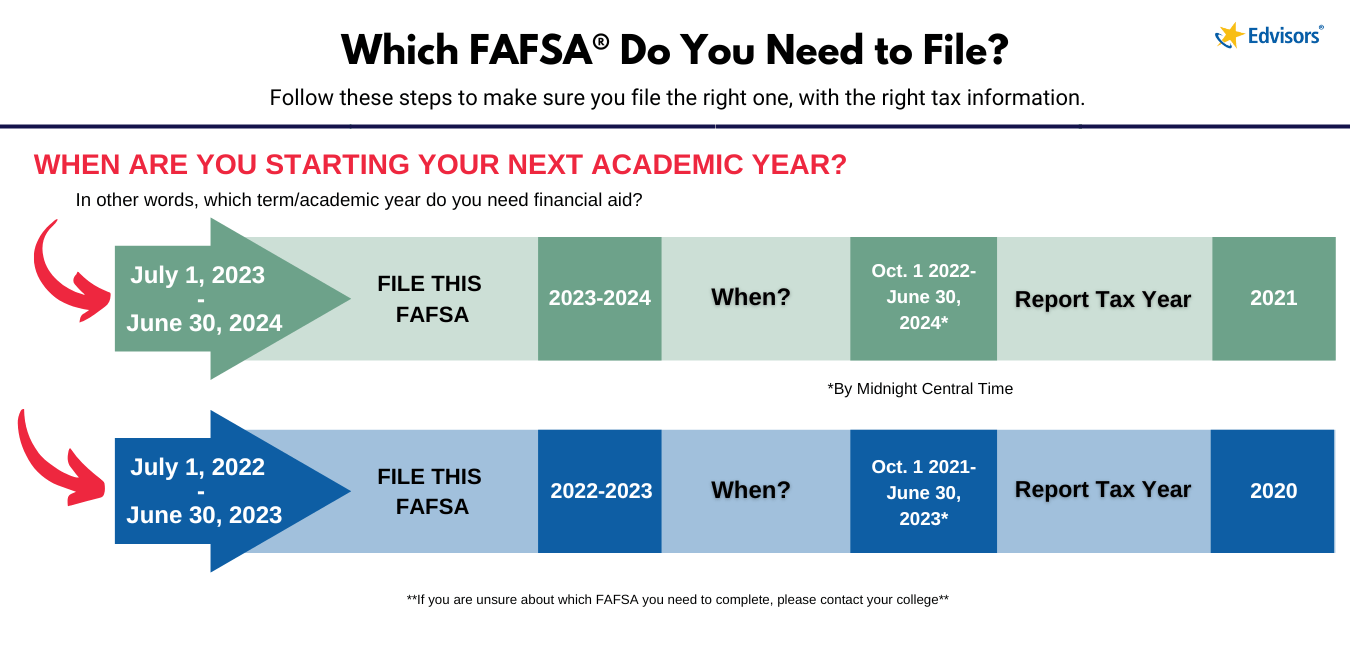
Students taking statistics courses need to be able to comprehend and apply statistical knowledge to solve real problems. Students will learn how to interpret media data and research data. They also develop critical thinking about how data are collected and modified. This knowledge is essential for students of a range of engineering and science disciplines. Statistics can be used by students in medicine and biology to solve problems in their fields of study. Statistics can be used to help students understand business economics, and business strategies.
These basic skills are not only essential, but students also learn how statistical procedures can be interpreted. Students in business and law need to be able to use this skill. It is an important foundation for further education and professional work in this field.
Students present their work during a semester project to their classmates as well as the instructor. Students are required to demonstrate how they have used statistical techniques on real data. Instructors are responsible for assessing the projects and students' performance during midterm and final exams. The instructors evaluate students on their attitudes, knowledge of mathematics, and professional competence.

The redesign of Statistics courses includes three key features: a selection of solved examples, detailed exams, and minute papers. This redesign was based on data from the survey of course graduate and from the COVID-19 experience. It also addresses the needs of stakeholders.
The redesigning of Statistics course seeks to enhance active learning. This includes detailed tests, solved examples, minute papers and short videos. These active-learning components are designed to inspire students to solve their assignments and use creative methods to solve problems. These elements help to develop soft skills. The redesign also includes a number of other changes, such as the addition of a semester project, which is based on real-world examples.
Students will be motivated to take part in the redesign of Statistics class. Teachers should give students sufficient time to complete redesign. They should also consider the opinions of course graduates, as well as the requirements of stakeholders.
Statistics course teachers were looking for new ways to communicate with their students. They found that many students have low self-confidence and are passive during class. Students were encouraged to engage in more class discussions by teachers who provided them with tools for communication. This also led to more prepared students.

In addition to the use of active learning techniques, instructors in Statistics introduced a reflective learning journal. This journal provided students with a method to cope with anxiety and stress. It allowed students to examine their performance and make suggestions for improvements. Students also received a tutorial via email.
Statistics courses are required for students in many Bachelor's study programs. These courses provide a basic knowledge of statistics and allow students to prepare for professional study in law, biology, psychology, and other fields. Students learn to use a spreadsheet for calculations and data analysis. They learn how research data can be interpreted from various media, technology, and other sources.
FAQ
How long does it take for an early childhood teacher to become certified?
The four-year process to earn a bachelor's level in early child education takes. It will take you two years to complete the required general education courses at most universities.
After your undergraduate studies are completed, you will typically enroll in graduate school. This step allows students to focus on a particular area.
For example, you could choose to focus on child psychology or learning disabilities. You must apply for a teacher preparation program after you have completed your master's degree.
This process will take several more years. This period will be filled with learning opportunities and collaborations with educators.
Finally, to be able to officially start working as a teacher, you will need pass the state exams.
This process can take many years. Therefore, you won't immediately be able jump into the workforce.
How do I apply for college?
There are many ways to apply for college. You can get started by contacting your high school guidance counselor or admissions representative. Online applications are popular among high schools. You can also contact local colleges directly. Most colleges will accept applications over the Internet through their website.
If you are applying by mail you will need to fill in the application, submit a personal statement and copies of all required documents. The personal statement gives you an opportunity to share why you want to attend this particular institution and how it would benefit you. This personal statement also helps admissions officers understand your goals and motivations.
You can find sample essays that you can download from our website.
How long should I prepare for college?
The time that you intend to spend studying for college is a function of how much you want to spend on it. You should begin college preparation courses if you intend to go to college right away after high school. However, if your plan is to delay attending college for several years, you may not need to start planning.
Your parents and teachers should be involved in your discussions. They might recommend certain courses. Be sure to keep track of the courses you've taken and the grades you received. This will allow you to know exactly what you need for next year.
What are the factors to consider when choosing a major
The first step is to decide whether you prefer to enter a particular profession straight away or attend college. Then you should make a list of your interests and talents. Reading, listening to music and talking to people are all possible interests. Your talents can come from singing, dancing, drawing, painting, writing, sewing, cooking, woodworking, gardening, photography, carpentry, auto mechanics, plumbing, electrical wiring, computer programming, accounting, mathematics, chemistry, physics, engineering, medicine, dentistry, nursing, psychology, law, social work, teaching, etc. Once you've identified your interests and talents you can use them to guide you when choosing a major.
If you are interested to be an artist, art history or fine arts might be a good choice. Biology is a great option if you love animals. Pre-medicine, medical technology and medicine are options for those who want to be doctors. Computer science or computer networking is a great career choice for someone who wants to work in computers. There are many choices. You just need to think about what you would like to do.
Do you have to go to college in order become an early education teacher?
You can't, but it is worth considering going to college to get a degree in this field.
It is crucial to realize that teaching is not an easy job. Each year there are many applicants that are not accepted into programs. Many people also leave college after only one semester.
To be a teacher, you will need to have strict qualifications.
Statistics
- They are more likely to graduate high school (25%) and finish college (116%). (habitatbroward.org)
- Think of the rhetorical power of nineteenth-century abolitionist Harriet Beecher Stowe, Martin Luther King, Jr., or Occupy Wall Street activists with their rallying cry of “we are the 99 percent.” (bostonreview.net)
- Data from the Department of Education reveal that, among 2008 college graduates, 92.8 percent of humanities majors have voted at least once since finishing school. (bostonreview.net)
- And, within ten years of graduation, 44.1 percent of 1993 humanities graduates had written to public officials, compared to 30.1 percent of STEM majors. (bostonreview.net)
- In most developed countries, a high proportion of the population (up to 50%) now enters higher education at some time in their lives. (en.wikipedia.org)
External Links
How To
What can I do to become a teacher in my area?
There are many teaching jobs available in public elementary and private schools.
A bachelor's degree at one of the following institutions is necessary to become a teacher.
-
A four-year college/university
-
An associate's degree program
-
Some two-year community college programs
-
These three types of programs can be combined
Candidates must fulfill state requirements to be eligible for teaching certification. These include passing standardized testing and completing an internship period.
Most states require that candidates pass the Praxis II exam. This test assesses the candidate's reading, writing, mathematics, as well as language arts knowledge.
Many states also require that applicants obtain a specialized licensure before being certified as teachers.
These licenses are issued annually by the state boards of education.
Some states grant licenses without requiring any additional testing. In such cases, applicants should contact their state's board for education to find out if it is possible.
Some states will not issue licenses to applicants who have not completed a master's program.
Other states allow individuals to apply directly to the state board of education for licensure.
The cost of licenses varies widely depending on their duration and the required coursework.
One example is that some states only require high school diplomas, while others require bachelor's degrees.
Some states require specific training, such as in literacy and child development.
Some states require that candidates receive a master's degree before becoming licensed.
When applying for certification, many states ask prospective teachers about previous employment.
You may want to mention that you have been employed in another occupation on your application.
However, almost all states will accept work experience from any type of previous job.
It is possible to list your prior job title, position, as well as years of service.
This information is often helpful to potential employers.
It shows them that you have relevant skills and experiences.
You might have acquired valuable work experience or learned new skills while working.
Future employers can view your resume.